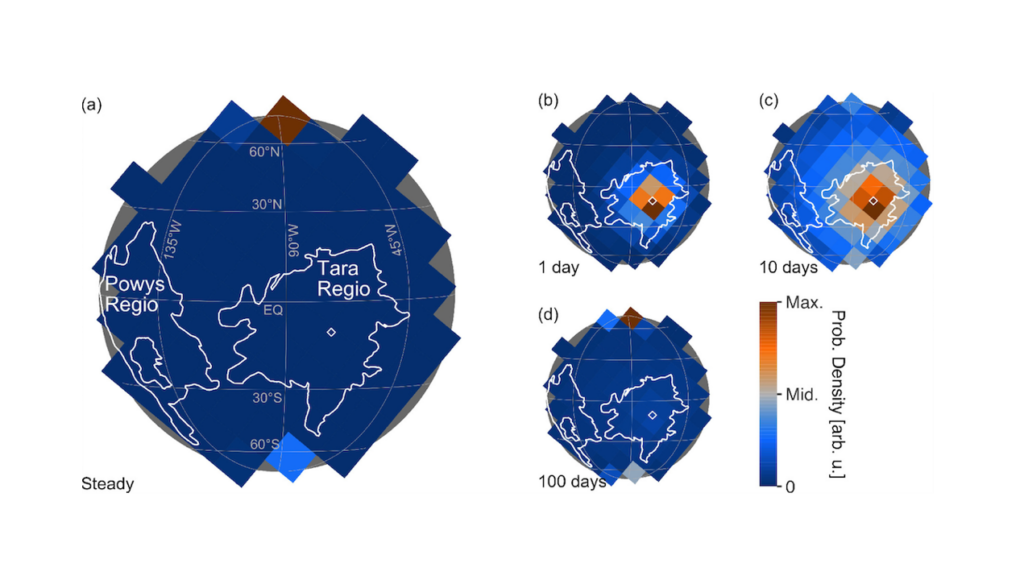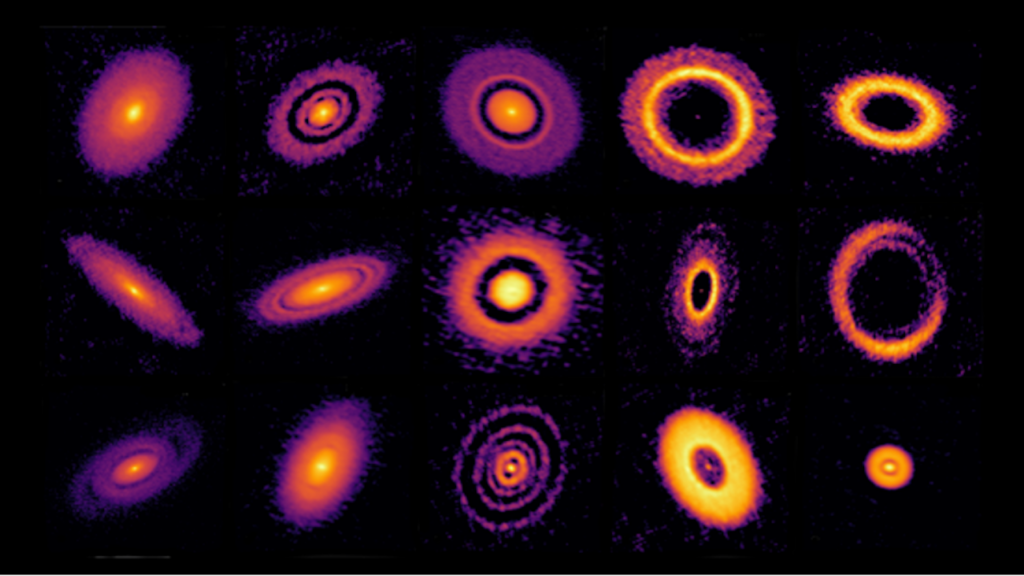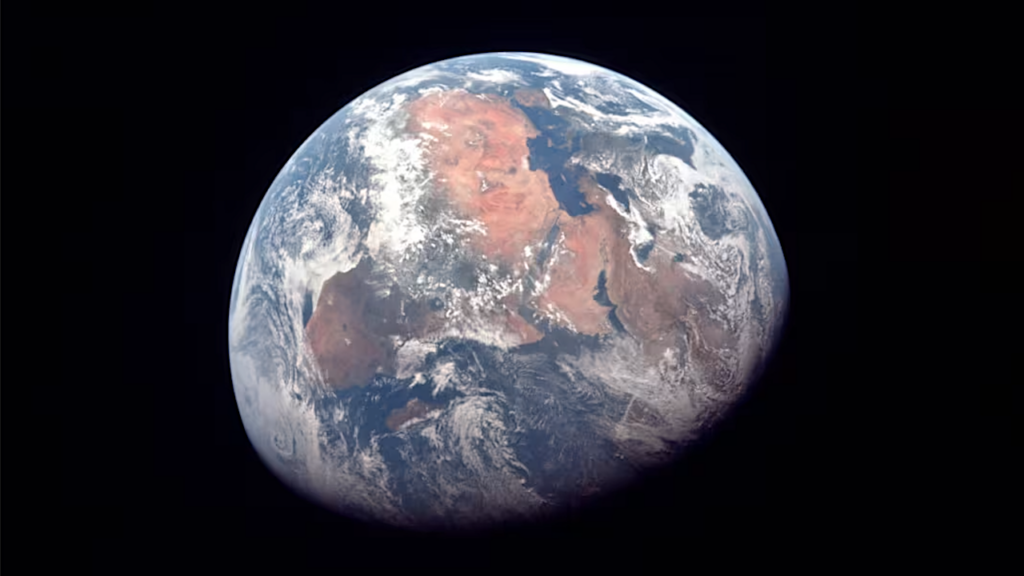Testing Microbial Biomining From Asteroidal Material Onboard The International Space Station
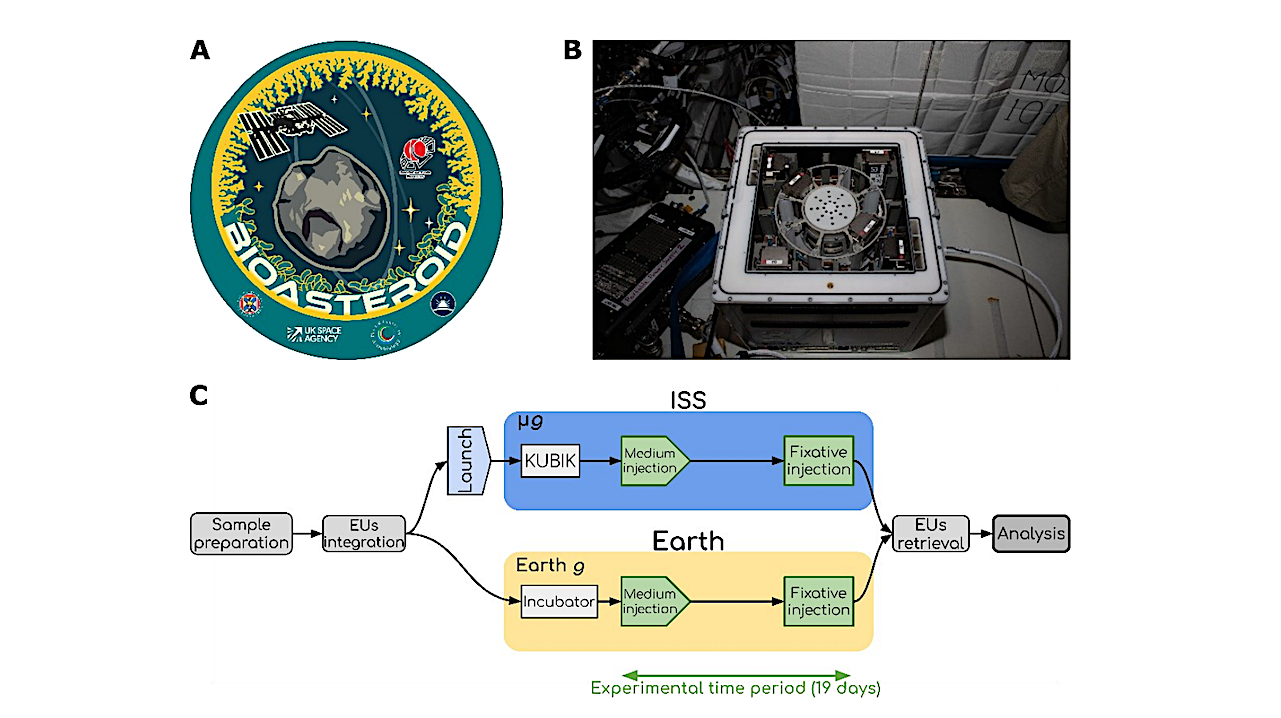
Expanding human space exploration beyond Earth’s orbit necessitates efficient technologies for self-sustainable acquisition of local resources to overcome unviable resupply missions from Earth. Potential source of materials are asteroids, some of which contain valuable metals, such as platinum group elements.
The BioAsteroid experiment, performed onboard the International Space Station, tested the use of microorganisms (bacteria and fungi) to carry out mining of useful elements from asteroidal material (L-chondrite) under microgravity, in support of a long-term human presence in space.
The fungus Penicillium simplicissimum, enhanced the mean release of palladium, platinum and other elements from the meteorite material in microgravity, compared to non-biological leaching. However, there was large variability in the results. For many elements, non-biological leaching under microgravity was enhanced compared to terrestrial gravity, while bioleaching was unaffected.
Metabolomics results revealed clear patterns that highlight the influence of space conditions on the microbial metabolism, particularly for P. simplicissimum. We identified the presence of carboxylic acids, and molecules of potential biomining and pharmaceutical interest, enhanced in microgravity.
These results show a non-trivial effect of microgravity on bioleaching, highlighting the requirement of an optimal combination of microorganism(s), rock substrate, and conditions for successful biomining, both in space and Earth.
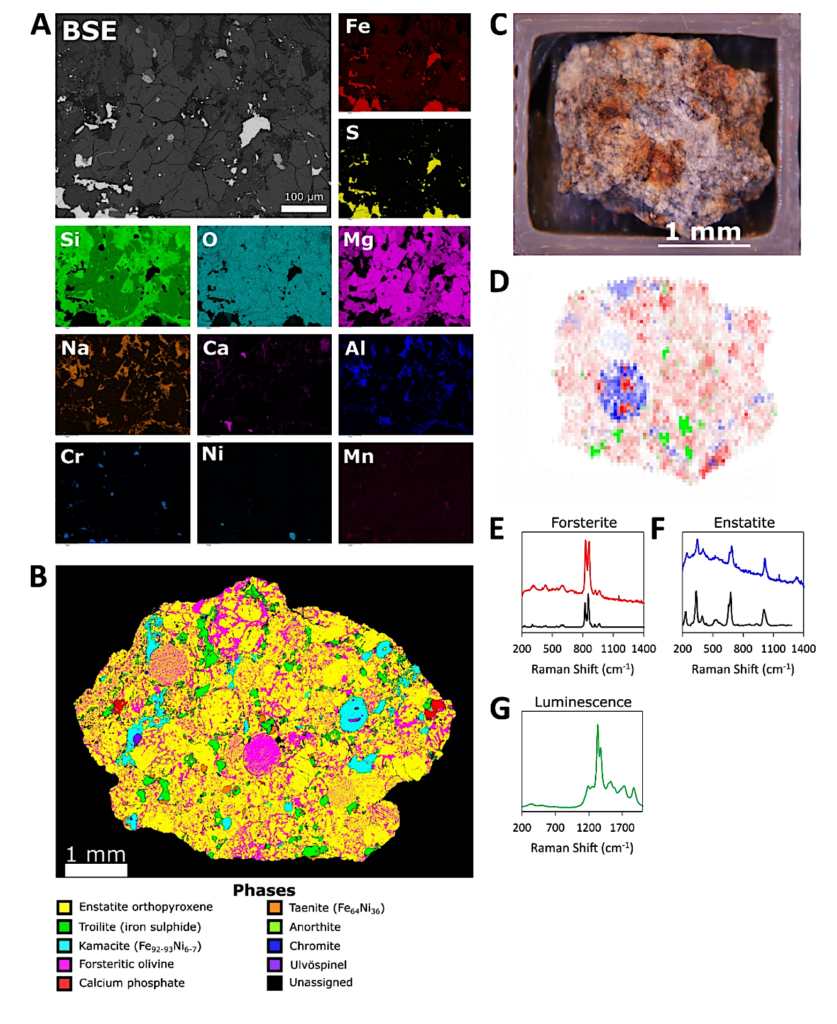
Characterization of the L-chondrite meteorite. A) Backscatter electron image (BSE) and single elemental mapping for some of the major elements present in a pristine representative fragment of the L-chondrite used in this experiment (scale bar: 100 µm); B) Phase analysis of a similar pristine fragment of the L-chondrite; C) photographic image of a pristine fragment analysed by Raman spectroscopy; D) composite Raman map with forsterite in red, enstatite in blue, and luminescence in green. Typical spectra are displayed for E) forsterite, F) enstatite, and G) luminescence signal. Reference spectra (black) are displayed for the minerals. — biorxiv.org
Rosa Santomartino, Giovanny Rodriguez Blanco, Alfred Gudgeon, Jason Hafner, Alessandro Stirpe, Martin Waterfall, Nicola Cayzer, Laetitia Pichevin, Gus Calder, Kyra R. Birkenfeld, Annemiek C. Waajen, Scott McLaughlin, Alessandro Mariani, Michele Balsamo, Gianluca Neri, Lorna J. Eades, Charles S. Cockell
Testing microbial biomining from asteroidal material onboard the International Space Station
Astrobiology





